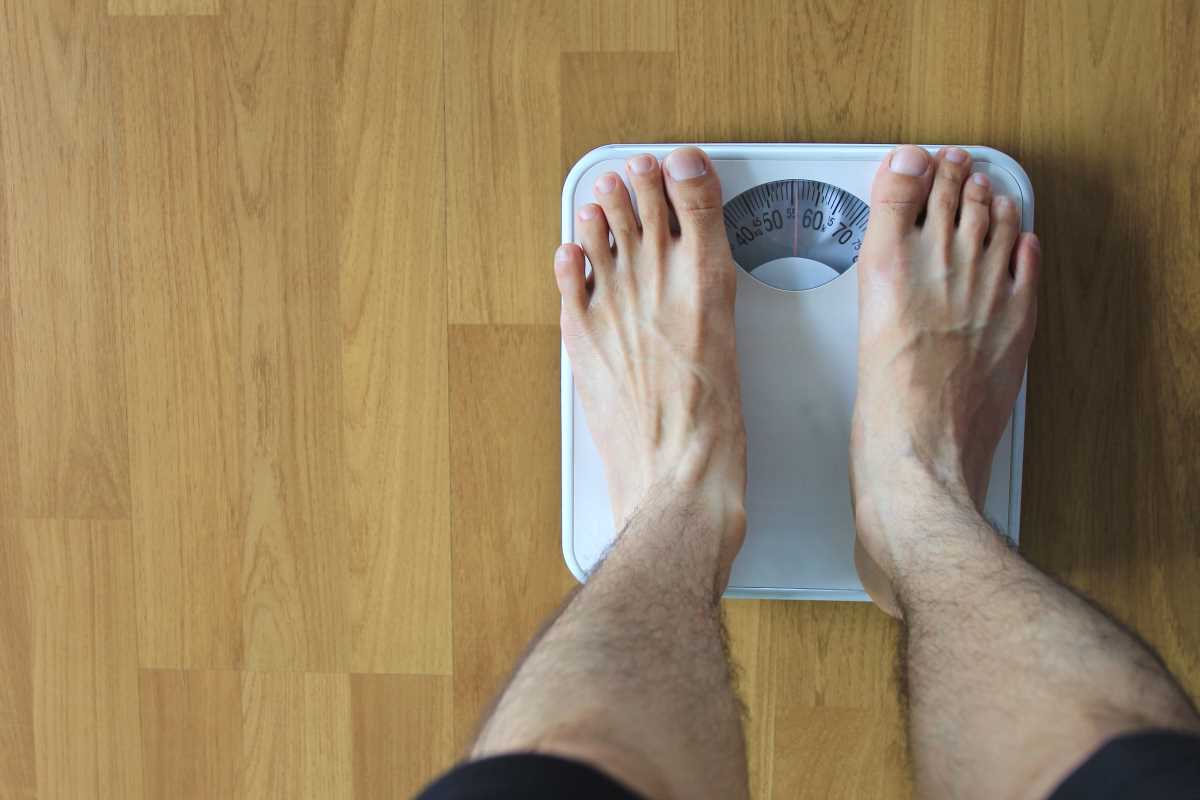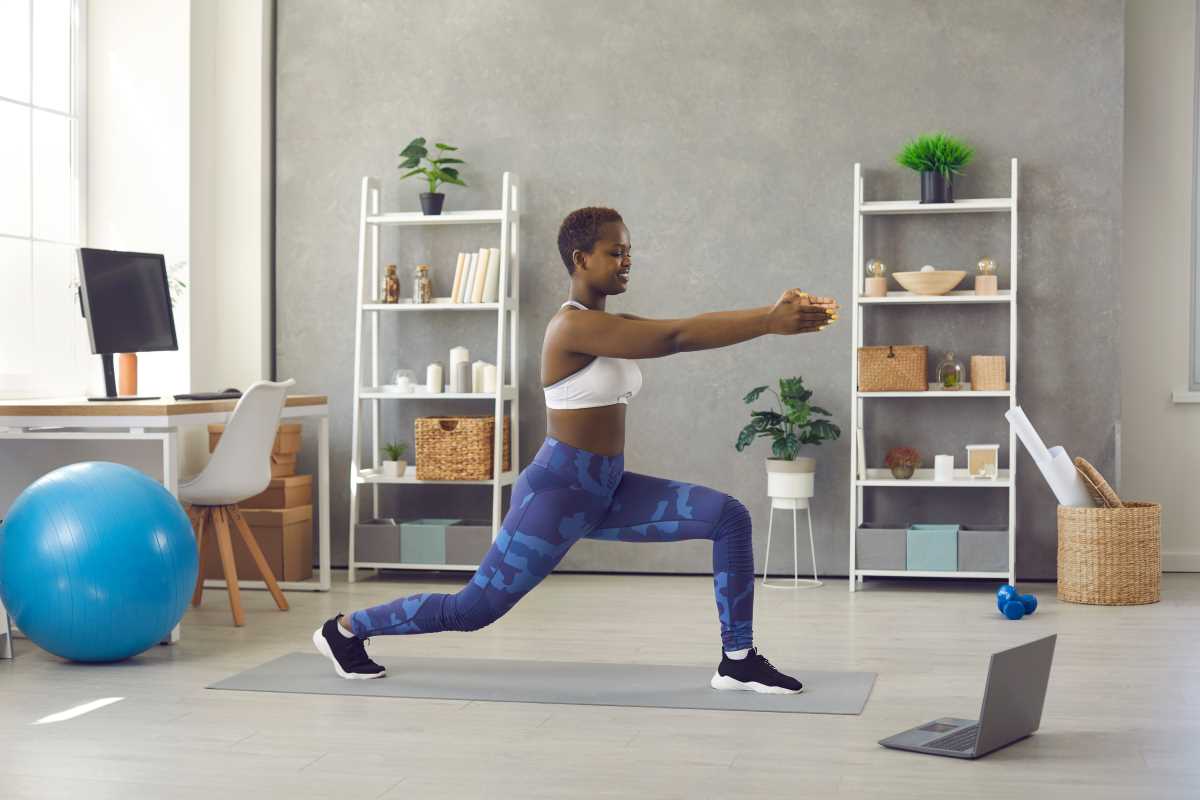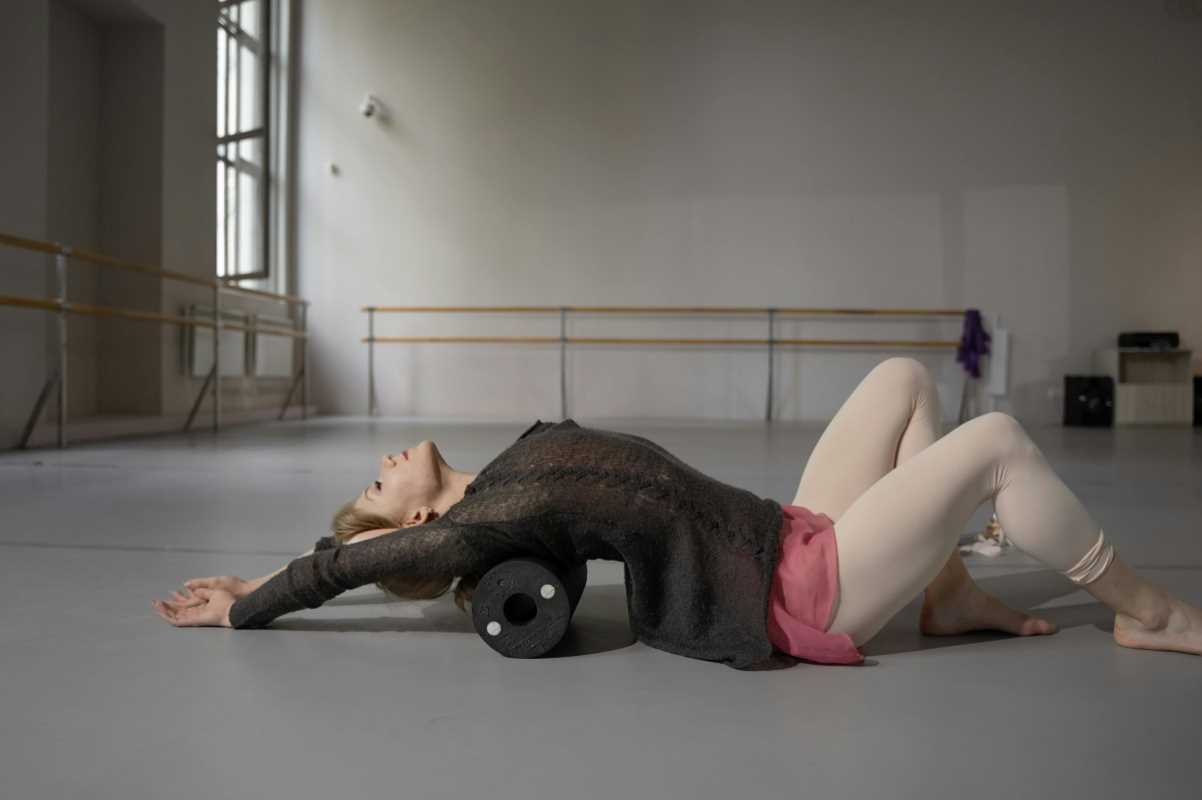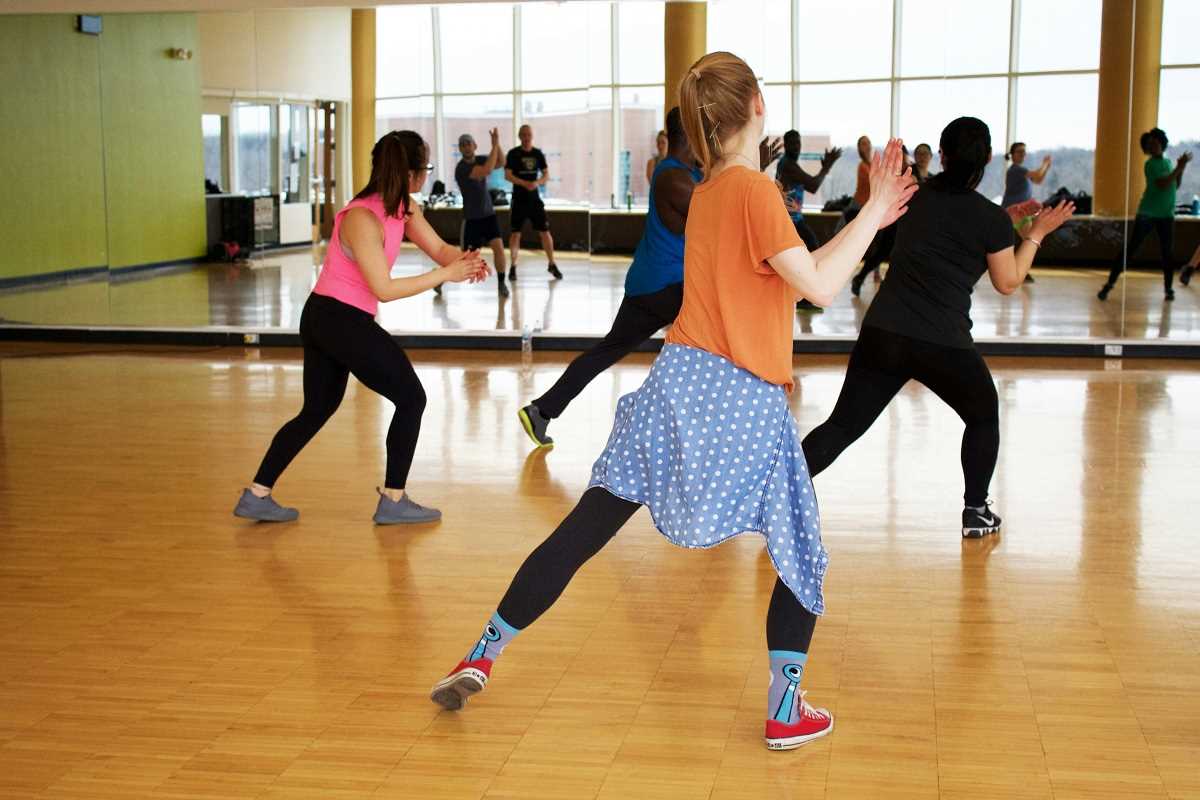Picture this. You’re jumping on a trampoline, your feet lifting off the surface, and for a moment, you’re weightless. You might recall the joy of childhood, the laughter that comes with every bounce, but what if this was more than just fun? What if it was an incredible workout? Trampoline workouts, sometimes called "rebounding," are becoming a sensation for people of all ages. And if you’re looking for a low-impact, engaging activity to help you stay fit, this might be exactly what you’ve been waiting for.
What Makes Trampoline Workouts Different?
When most people think about exercise, they might picture pounding the pavement on a run, sweating through endless squats, or doing high-intensity interval training sessions that push their bodies to the limit. While these can be effective, they’re not always kind to your joints. That’s where trampolines come in.
Trampoline workouts are categorized as low-impact exercise, which means they’re gentler on your body, especially your knees, hips, and back. Because the trampoline absorbs your movements, it reduces the stress on your joints while still letting you get your heart rate up. It creates a unique sweet spot of intensity and comfort, making it a fantastic workout option for middle-aged women who want to challenge themselves without worrying about unnecessary strain or injury.
The Science Behind the Bounce
It might look simple, but there’s a lot going on when you’re bouncing on a trampoline. Every time you jump, you’re working with gravity and your muscles. It’s a full-body movement that activates everything from your legs to your core, and even your arms if you incorporate arm exercises.
Here’s how it works in a nutshell. When you bounce, you accelerate upwards and then immediately decelerate as you come back down onto the trampoline. Your body engages multiple muscle groups to stabilize and control these movements, which is why your legs, abs, and glutes feel the burn even after just a few minutes.
Interestingly, NASA studied trampoline workouts as part of their astronaut training programs. They found that rebounding was not only an effective way to build strength but also helped astronauts recover muscle and bone density after being in zero-gravity environments. If it’s good enough for astronauts, it’s good enough for the rest of us!
Low-Impact, Big Benefits
1. It’s Easy on Your Joints
Chronic pain in the knees, hips, or back can make traditional exercises feel like a chore, but trampolines provide a softer landing. You can still jump, lunge, and move without the jarring effects of hitting the ground that you’d get with running or aerobics.
2. Improves Your Balance and Coordination
Trampoline exercises require you to stabilize yourself as you bounce up and down. This constant adjustment strengthens your core and improves your balance over time, which is especially helpful as we age.
3. Builds Strength and Endurance
You’ll be surprised how much of a workout a mini-trampoline can provide. Rebounding activates muscles in your legs, abs, and glutes, but it also gives your heart a solid cardio session. This combination of strength and endurance makes it a full-body workout.
4. Boosts Lymphatic Health
Here’s a bonus you might not have known about. Rebounding is fantastic for your lymphatic system. The up-and-down motion helps stimulate lymph flow, which boosts your immune system and helps your body flush out toxins more effectively. It’s like giving your internal system a fresh start every time you work out.
5. A Wonderful Mood Booster
There’s something undeniably joyful about bouncing. Exercise, in general, releases feel-good chemicals like endorphins, but the act of jumping on a trampoline adds a playful element that can make you feel like a kid again. Who couldn’t use a little more fun in their day?
Making It Work for You
The beauty of trampoline workouts is how easy they are to modify, regardless of your fitness level or workout goals. If you’re a beginner, you can start with simple bouncing to get used to the movement. There’s no need to jump high; even gentle bounces deliver benefits.
If you’re looking to up the intensity, consider these ideas:
- Add Arm Movements: Bring small hand weights or resistance bands to the trampoline and incorporate arm exercises while you bounce.
- Try Cardio Intervals: Alternate between slow, controlled bounces and quick jumps to get your heart rate up.
- Include Core Exercises: Use the bouncing surface to hold planks or practice seated ab movements for extra core engagement.
You can also find classes or video tutorials that guide you through specific trampoline routines. From dance-based sessions to cardio circuits, there’s no shortage of creative ways to use your trampoline.
Choosing the Right Trampoline
If you’re ready to get bouncing, investing in the right trampoline is key. For home workouts, a mini-trampoline or rebounder is a practical option. They’re compact, relatively affordable, and fit easily into most spaces.
When shopping for a trampoline, here’s what to keep in mind:
- Sturdiness: Look for a model with sturdy legs and a durable bouncing surface. Safety is paramount.
- Weight Limit: Check the weight capacity to ensure it’s suitable for your needs.
- Stability: Some rebounders come with stabilizing bars you can hold onto for balance. These are great for beginners.
- Noise Level: If you’re working out indoors, a quieter model with better vibration damping might be helpful.
Joining the Rebounding Revolution
One of the wonderful aspects of trampoline workouts is the sense of community they can create. Group trampoline fitness classes are becoming more popular in gyms and boutique fitness studios. These classes combine the bounce of the trampoline with fun music and dynamic routines, making exercise feel less like work and more like a social event.
Even if group classes aren’t your style, you can find countless online videos and virtual classes that guide you through exercises from the comfort of your home. Many fitness communities connected to these programs share encouragement, tips, and even progress stories, creating an inclusive space for you to feel supported.
Tips to Stay Motivated
Starting something new is always exciting, but sticking to it long-term can be tricky. Here are a few tips to keep you jumping:
- Set Small Goals: Aim for short workouts a few times a week, then build up as you gain confidence.
- Make It Fun: Play your favorite playlist or mix bouncing with dance moves to keep things lighthearted.
- Track Your Progress: Celebrate small wins, like improving your balance or feeling more energetic after workouts.
- Stretch It Out: Always include a proper warm-up and cool-down to keep your muscles happy.
Trampoline workouts are a way to stay active, healthy, and joyful at any age. Whether you’re looking to improve your strength, boost your mood, or simply try something new, rebounding offers an approachable and effective way to do it.


.jpg)




